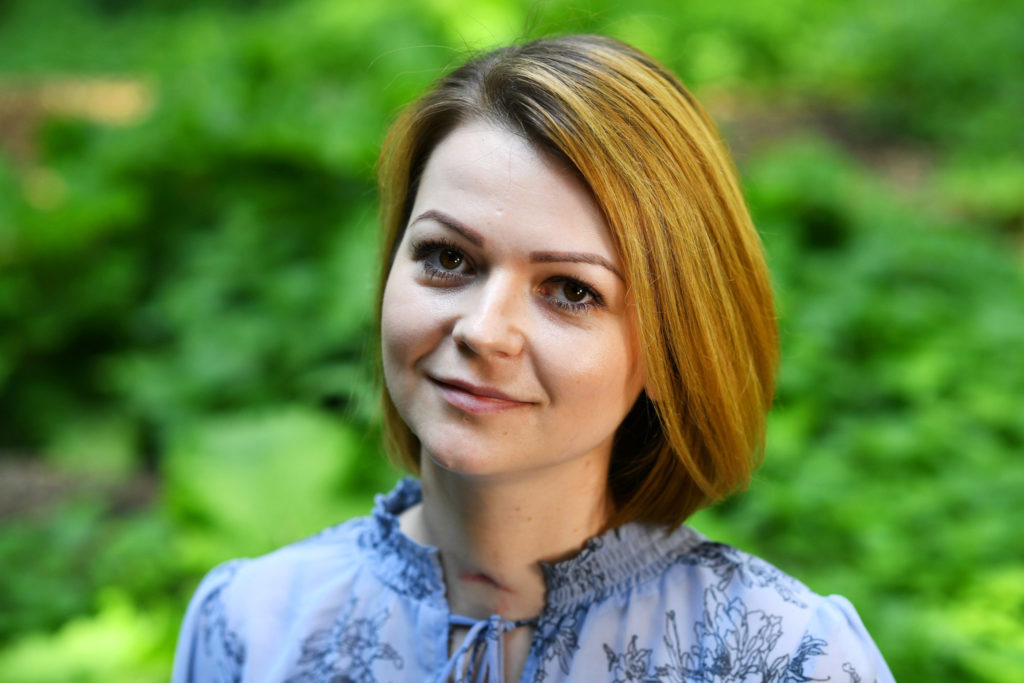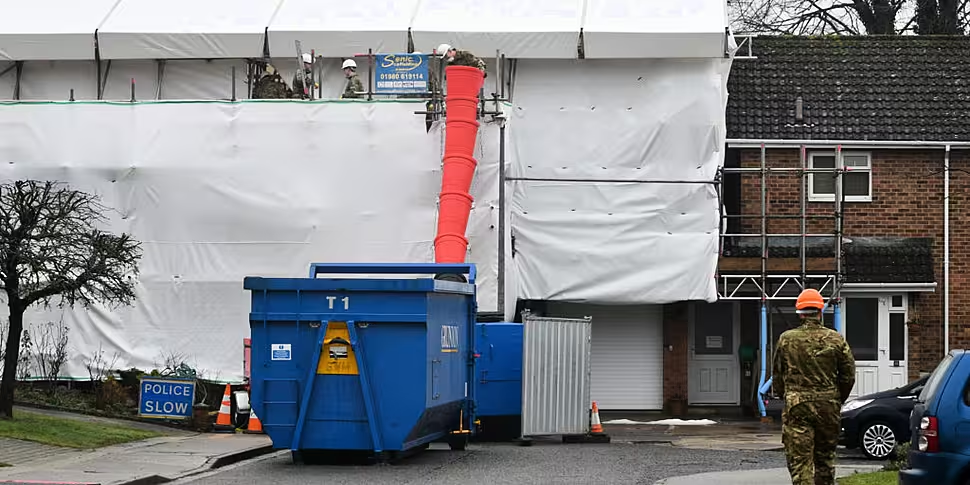Britain is set to signal the end of an unprecedented operation to clean up a trail of nerve agent that was left by an attack on a former Russian spy and his daughter almost a year ago.
The UK government is expected to announce the handover of Sergei Skripal's house in Salisbury - which was the epicentre of the novichok poisoning - to the local Wiltshire Council.
This would be the last of 12 sites across Salisbury and the surrounding area to be declared safe.
British armed forces are also creating a new regiment specialised in tackling the threat posed by chemical, biological, radiological and nuclear weapons.
The expansion was in part prompted by the March 4th novichok attack, which Britain has accused Russia's military intelligence agency of carrying out.
Lieutenant General Ty Urch, the officer in charge of military operations in the UK, said: "This has been a forcing function."
He praised the work of soldiers, sailors and airmen who played a part in the decontamination effort, codenamed Operation Morlop, along with other government agencies.
Mr Skripal's house was the hardest to clean up, taking some three to four months.
Two suspected Russian intelligence officers are accused of spraying the front door handle with novichok, infecting Mr Skripal and his daughter Yulia.
A decontamination team conducted a search of the entire house to identify all other possible traces of the agent.
But the ease at which objects can be cross-contaminated meant the search could have helped transfer traces of poison around the building.
Ultimately the roof had to be removed and taken away, though the rest of the structure is still standing, surrounded by white tarpaulin.
 Yulia Skripal, the daughter of Russian spy Sergei Skripal, pictured in May 2018 | Image: Dylan Martinez/PA Archive/PA Images
Yulia Skripal, the daughter of Russian spy Sergei Skripal, pictured in May 2018 | Image: Dylan Martinez/PA Archive/PA ImagesThe risk of exposure to novichok meant the specialist personnel had to wear protective gear as well as dry suits and respirators.
Each time they entered what the military call the "hot zone" - an area of contamination - they had to go through stringent checks.
The layers of protection made working in the height of summer last year particularly tough.
In total, the UK military carried out some 13,000 hours of work in the protective clothing, taking part in 250 bespoke decontamination missions.
They collected around 5,000 samples - ranging from ambulances and cars to chairs and pieces of plaster - to be taken away for testing by scientists at a nearby specialist laboratory.
Many of the items were then destroyed.
Nine of the sites that needed decontaminating were affected following the attack on the Skripals.
They included the Maltings shopping centre in Salisbury, where the father and daughter were found collapsed on a bench, and a pub and restaurant they had visited.
The other three sites became infected in a second, related incident when almost three months later Dawn Sturgess, a local woman, and her partner found the perfume bottle suspected of being used by the would-be assassins.
They were exposed to the poison and Ms Sturgess later died - the only person to be killed.
A further three or four locations where there were concerns of exposure to novichok also had to be painstakingly checked - though they turned out to be clear.









